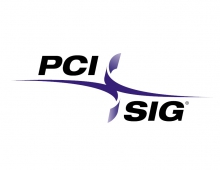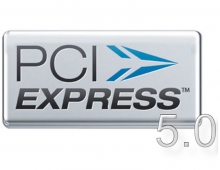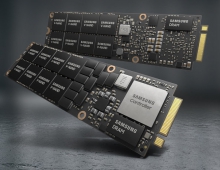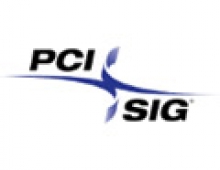
Next-gen PCIe Enables Double Speeds
PCI Express is updated PCI Express 4.0, doubling data-transfer speeds over today's version and set for release later this year. PCIe sends data over multiple lanes. Today's third-generation version can transfer 8 gigabits per second on each lane, but PCIe 4.0 increases that to 16Gbps. A collection of 16 links means aggregate bandwidth of 64 gigabytes per second.
The PCI Special Interest Group defining PCIe 4.0 plans to release a new draft of the standard in the second half of 2014.
PCIe 4.0 is also expcted to cut costs, as hardware designers who don't need to send more data can get by with fewer PCIe lanes or cover more uses with the same number. And PCIe 4.0 will use the same power as PCIe 3.0.
PCI-SIG will also release a PCIe variation called M-PCIe. Adapted for low-power situations, the M-PCIe will tranfer data transfers over another physical interconnect that's used in mobile devices -- ultralight laptops, tablets, smartphones -- the MIPI Alliance's M-Phy.
The M.2 is also a new connector that has surfaced at lately, mainly for connecting solid-state drives (SSDs) and wireless network chips in devices like tablets and ultralight laptops.
PCIe will also find its way as a high-speed external port with OcuLink. Its specifications will be released soon and product adoption is expected in the second half of 2014.
OcuLink uses four 8Gbps links of PCIe 3.0, offering 32Gbps total data-transfer capacity. Obviously, OcuLink will fall short the speeds offered by Intel's Thunderbolt interface, which already tops the 40Gbps.
Thunderbolt is based on PCIe, but also offers the flexibility to be compatible with the DisplayPort standard, so high-resolution monitors can be connected to Thunderbolt ports too.
And since Thunderbolt is based on the PCIe standard, it will also be updated to handle PCIe 4.0 for even faster speeds later.





















